
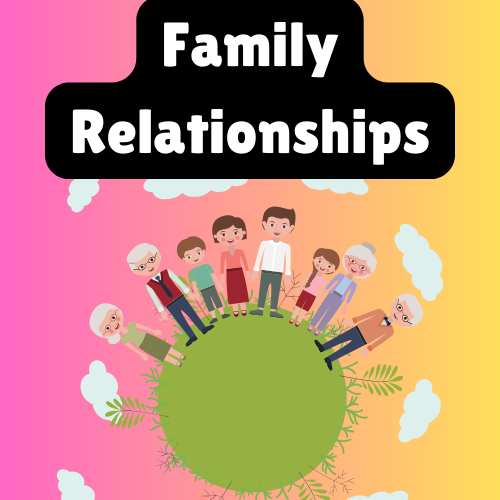
Welcome to our beginner English lesson on family relationships! Understanding family relationships is essential for daily conversations and describing your family members. In this lesson, you will learn about various family relationships in English. Let's start learning English together!
Lesson Content:
Introduction to Family Relationships:
In this lesson, you will learn about various family relationships in English. Learning about family relationships is an important part of learning English and improving your vocabulary.
Common Family Relationships:
Parent: A mother or father. Example: My mom is my parent.
Child: A son or daughter. Example: She is their only child.
Sibling: A brother or sister. Example: He has two siblings.
Grandparent: A grandmother or grandfather. Example: My grandma lives with us.
Grandchild: A grandson or granddaughter. Example: Their grandchild visits every summer.
Aunt: The sister of one's parent. Example: My aunt is very kind.
Uncle: The brother of one's parent. Example: His uncle teaches him to fish.
Cousin: The child of one's aunt or uncle. Example: She plays with her cousins.
Extended Family Relationships:
Niece: The daughter of one's sibling. Example: Their niece is adorable.
Nephew: The son of one's sibling. Example: His nephew likes playing soccer.
In-Law: The spouse of one's sibling or child. Example: My sister-in-law is coming for dinner.
Step-Parent: A parent who is not related by blood. Example: His step-mom is very supportive.
Step-Sibling: A sibling who is not related by blood. Example: Her step-brother is older than her.
Half-Sibling: A sibling who shares only one parent. Example: They have the same dad but different moms.
Exercises and Activities:
Practice Family Relationships Vocabulary:
Repeat the names of family relationships.
Describe your own family members using these terms.
Welcome to our beginner English lesson on family relationships! Understanding family relationships is essential for daily conversations and describing your family members.
In this lesson, you will learn about various family relationships in English.
Let's start learning English together! Lesson Content: Introduction to Family Relationships: In this lesson, you will learn about various family relationships in English.
Learning about family relationships is an important part of learning English and improving your vocabulary.
Common Family Relationships: Parent: A mother or father.
Example: My mom is my parent.
Child: A son or daughter.
Example: She is their only child.
Sibling: A brother or sister.
Example: He has two siblings.
Grandparent: A grandmother or grandfather.
Example: My grandma lives with us.
Grandchild: A grandson or granddaughter.
Example: Their grandchild visits every summer.
Aunt: The sister of one's parent.
Example: My aunt is very kind.
Uncle: The brother of one's parent.
Example: His uncle teaches him to fish.
Cousin: The child of one's aunt or uncle.
Example: She plays with her cousins.
Extended Family Relationships: Niece: The daughter of one's sibling.
Example: Their niece is adorable.
Nephew: The son of one's sibling.
Example: His nephew likes playing soccer.
In-Law: The spouse of one's sibling or child.
Example: My sister-in-law is coming for dinner.
Step-Parent: A parent who is not related by blood.
Example: His step-mom is very supportive.
Step-Sibling: A sibling who is not related by blood.
Example: Her step-brother is older than her.
Half-Sibling: A sibling who shares only one parent.
Example: They have the same dad but different moms.
Exercises and Activities: Practice Family Relationships Vocabulary: Repeat the names of family relationships.
Describe your own family members using these terms.
|
|
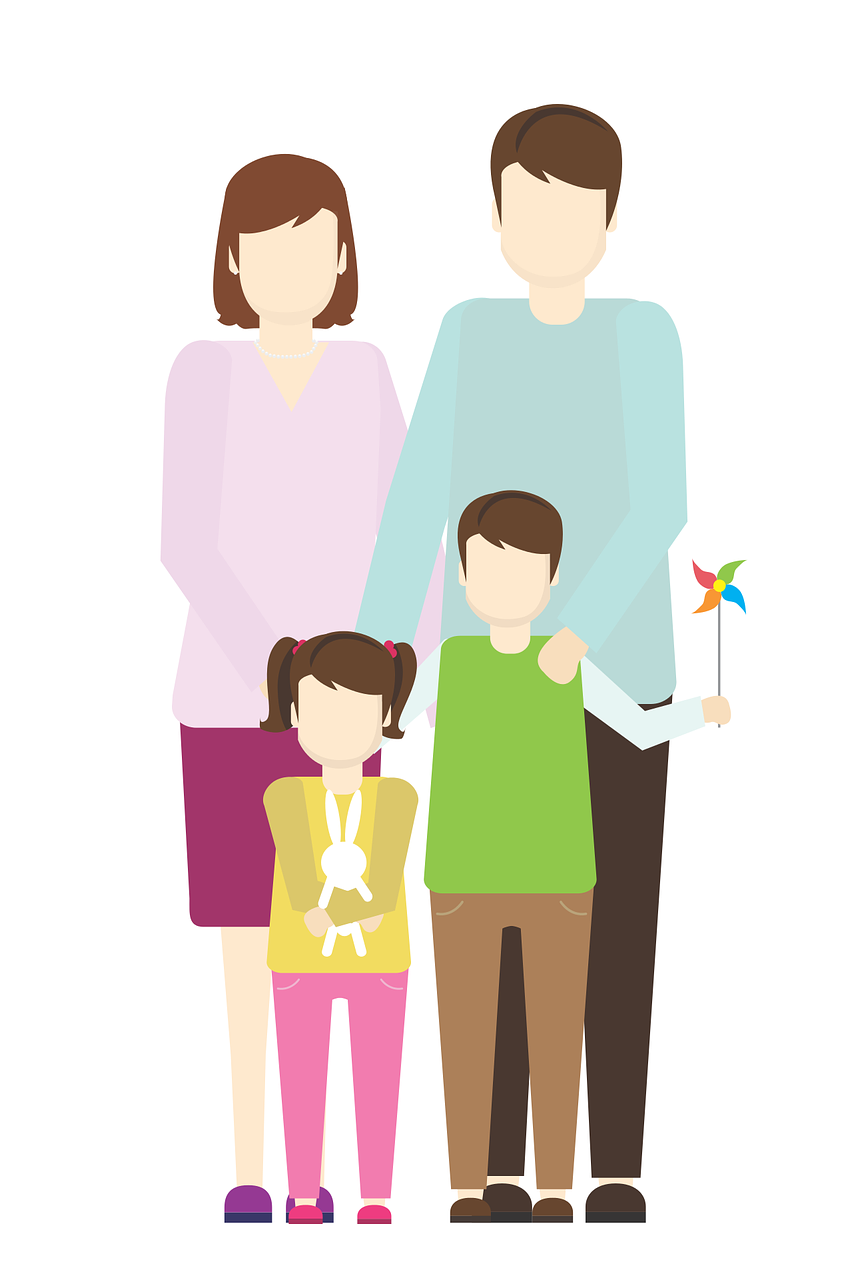
ParentParent |

My parents are my father and my mother.My parents are my father and my mother. |

MotherMother |

Her mother loves cooking.Her mother loves cooking. |

ChildChildA child can be a boy or a girl. |
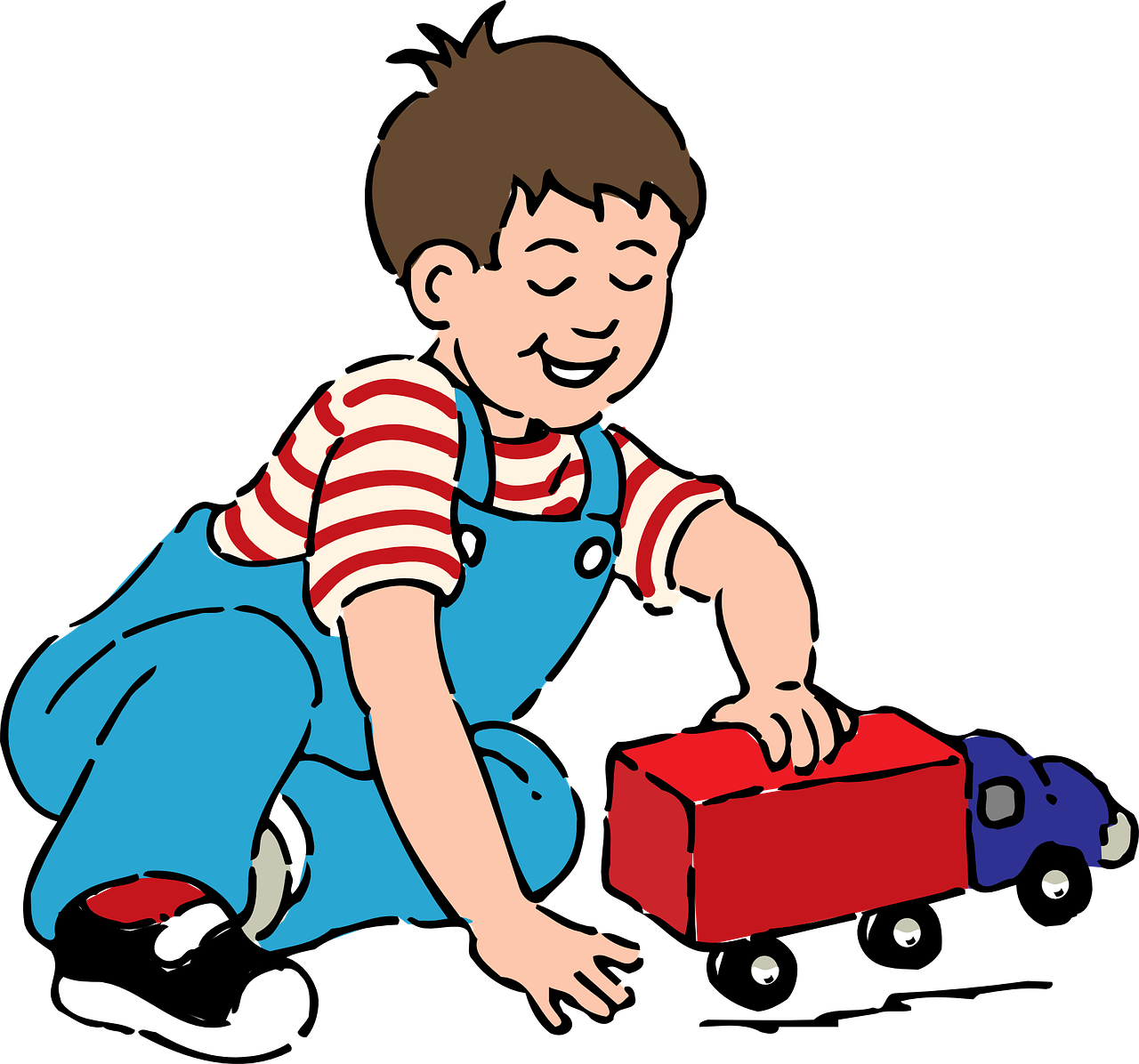
The child plays with toys.The child plays with toys. |
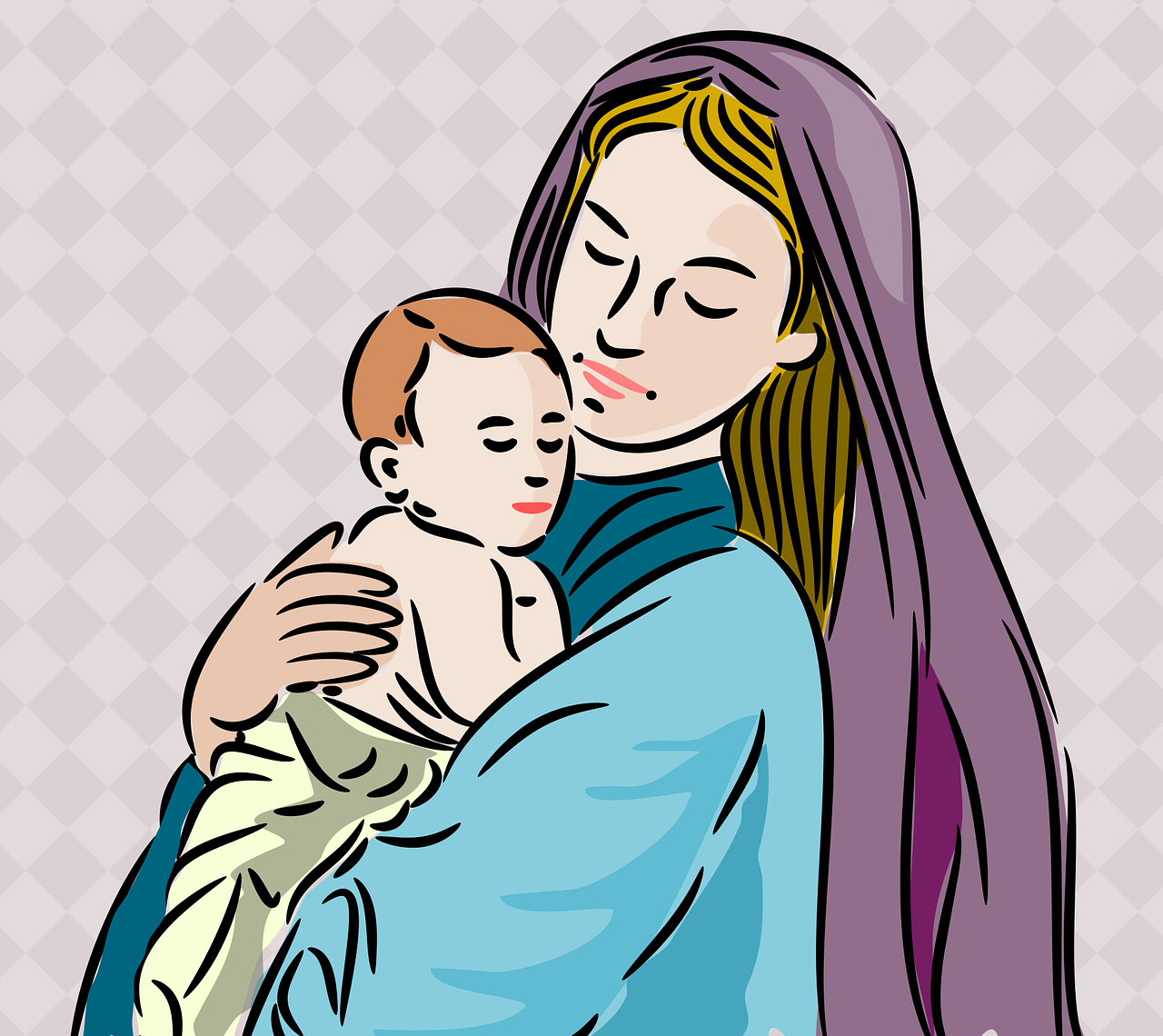
SonSon |
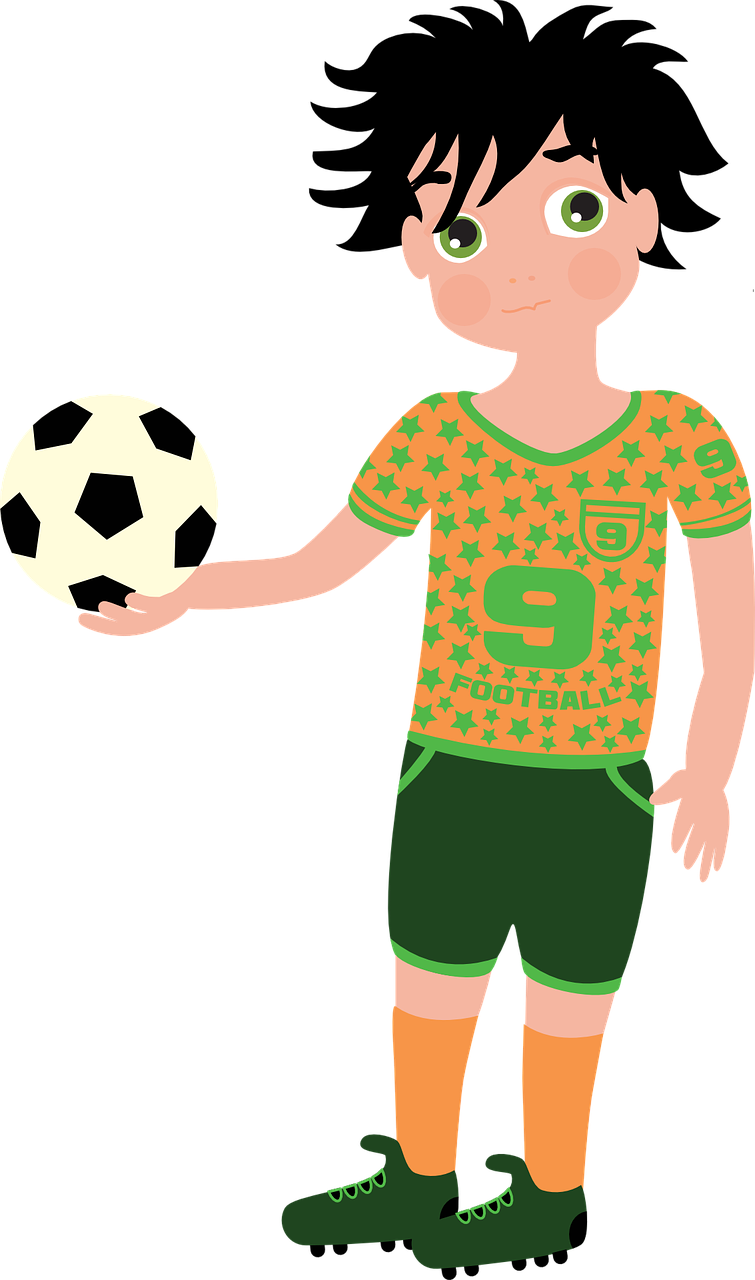
His son likes to play soccer.His son likes to play soccer. |

DaughterDaughter |

Our daughter reads books.Our daughter reads books. |

SiblingSiblingeach of two or more children or offspring having one or both parents in common; a brother or sister. |
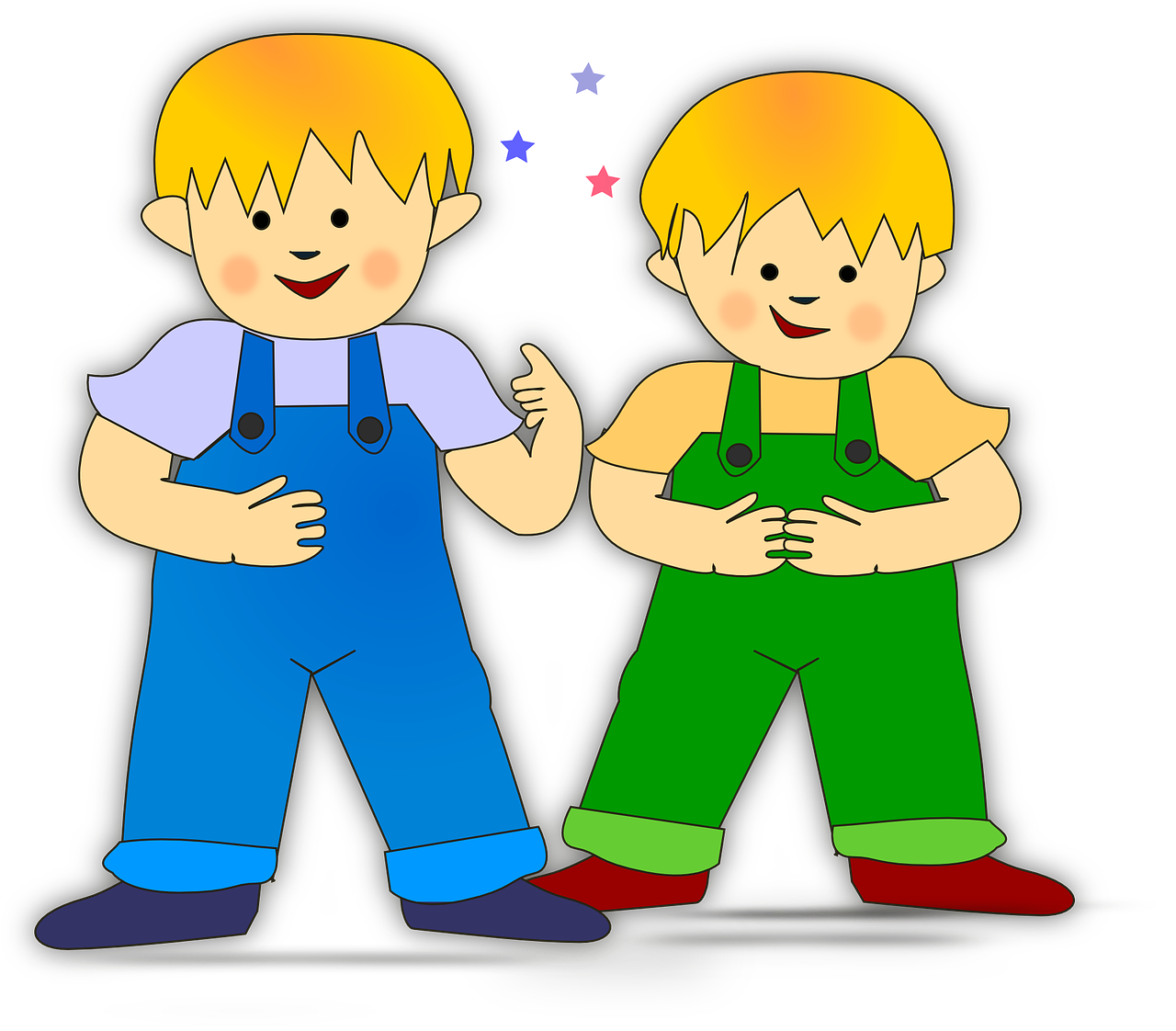
My sibling and I are close.My sibling and I are close. |

BrotherBrother |
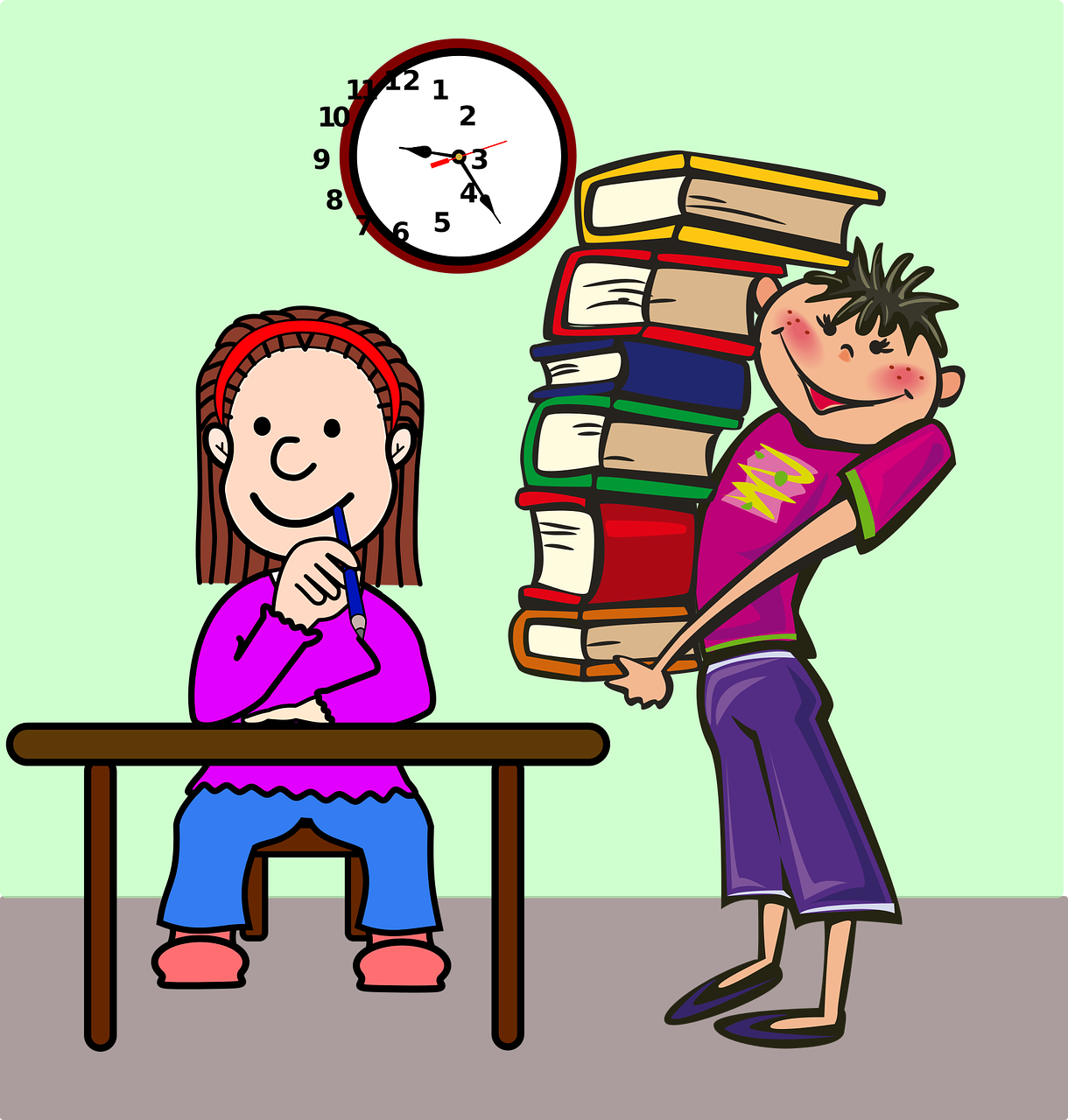
His brother helps him with homework.His brother helps him with homework. |

SisterSister |

Her sister sings beautifully.Her sister sings beautifully. |

GrandparentGrandparent |
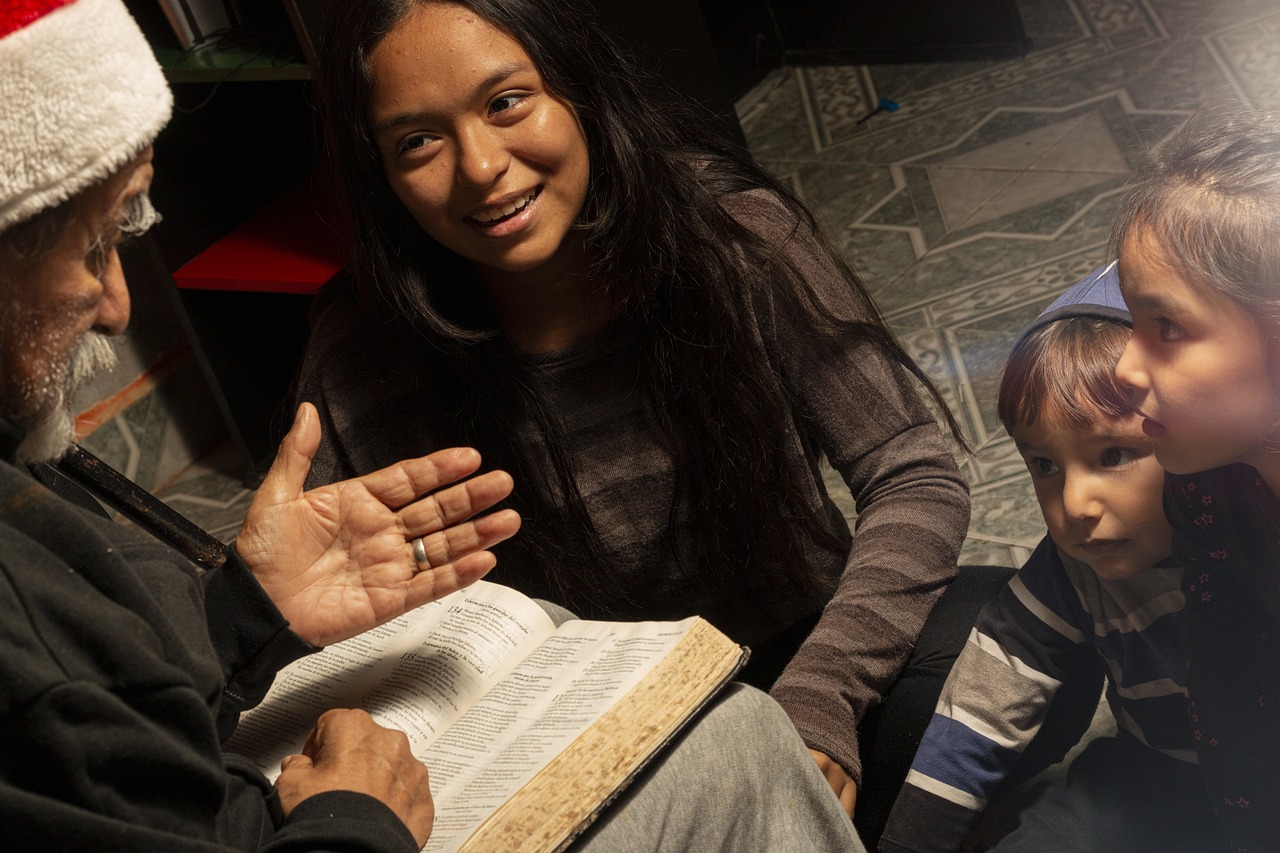
Our grandparents tell us stories.Our grandparents tell us stories. |

GrandfatherGrandfather |
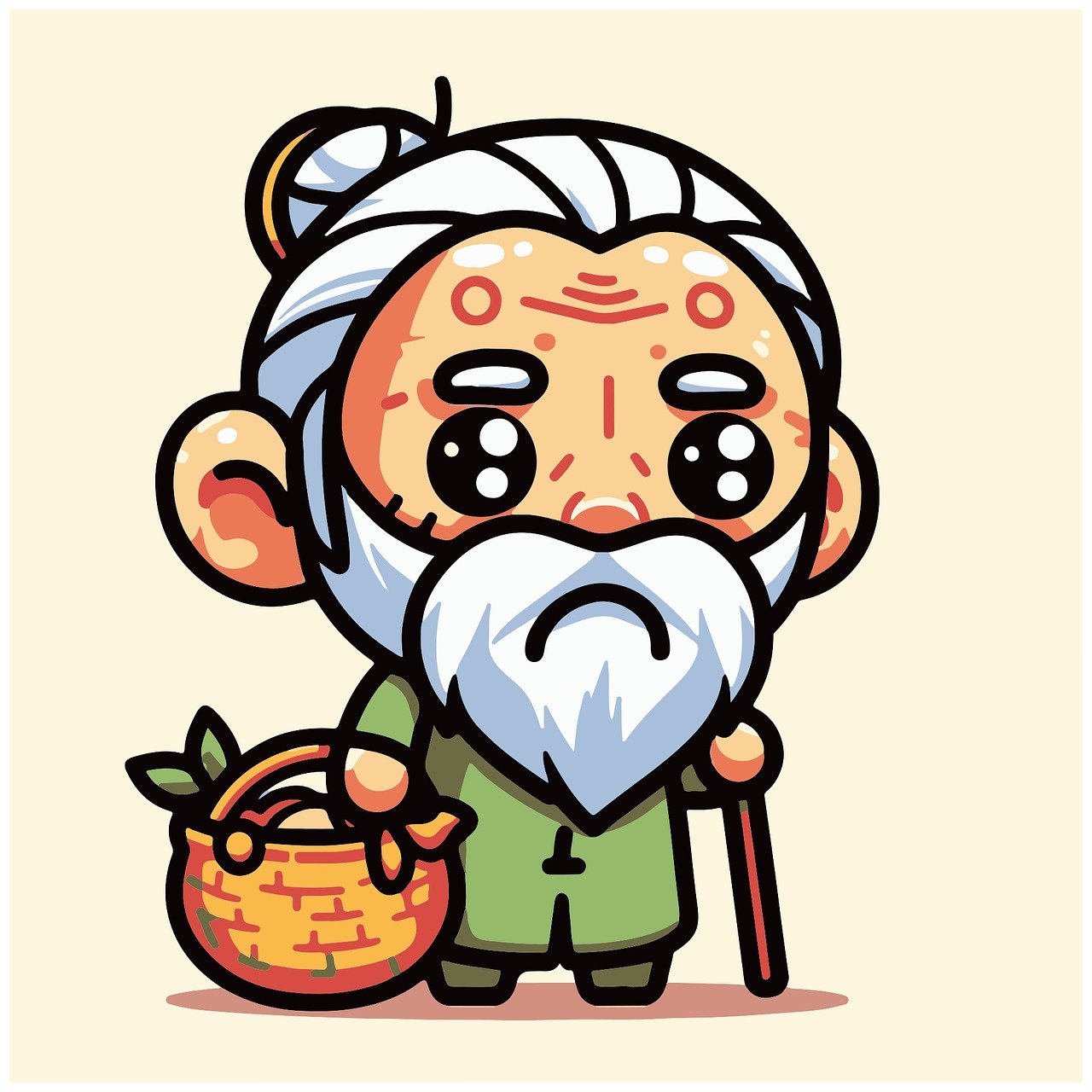
His grandfather likes gardening.His grandfather likes gardening. |

GrandmotherGrandmother |

Her grandmother bakes delicious cookies.Her grandmother bakes delicious cookies. |
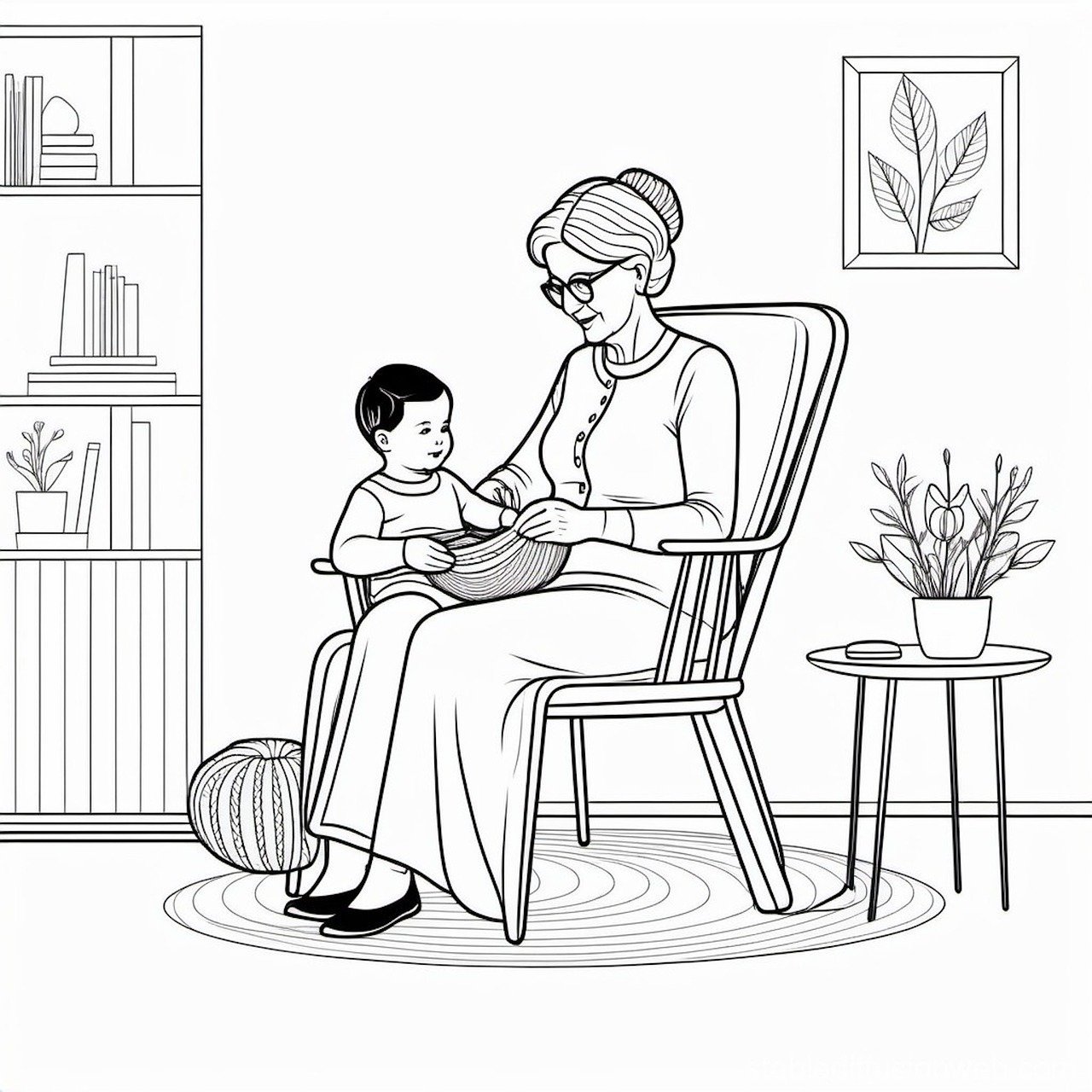
GrandchildGrandchild |

The grandchild hugs her grandma.The grandchild hugs her grandma. |

AuntAunt |
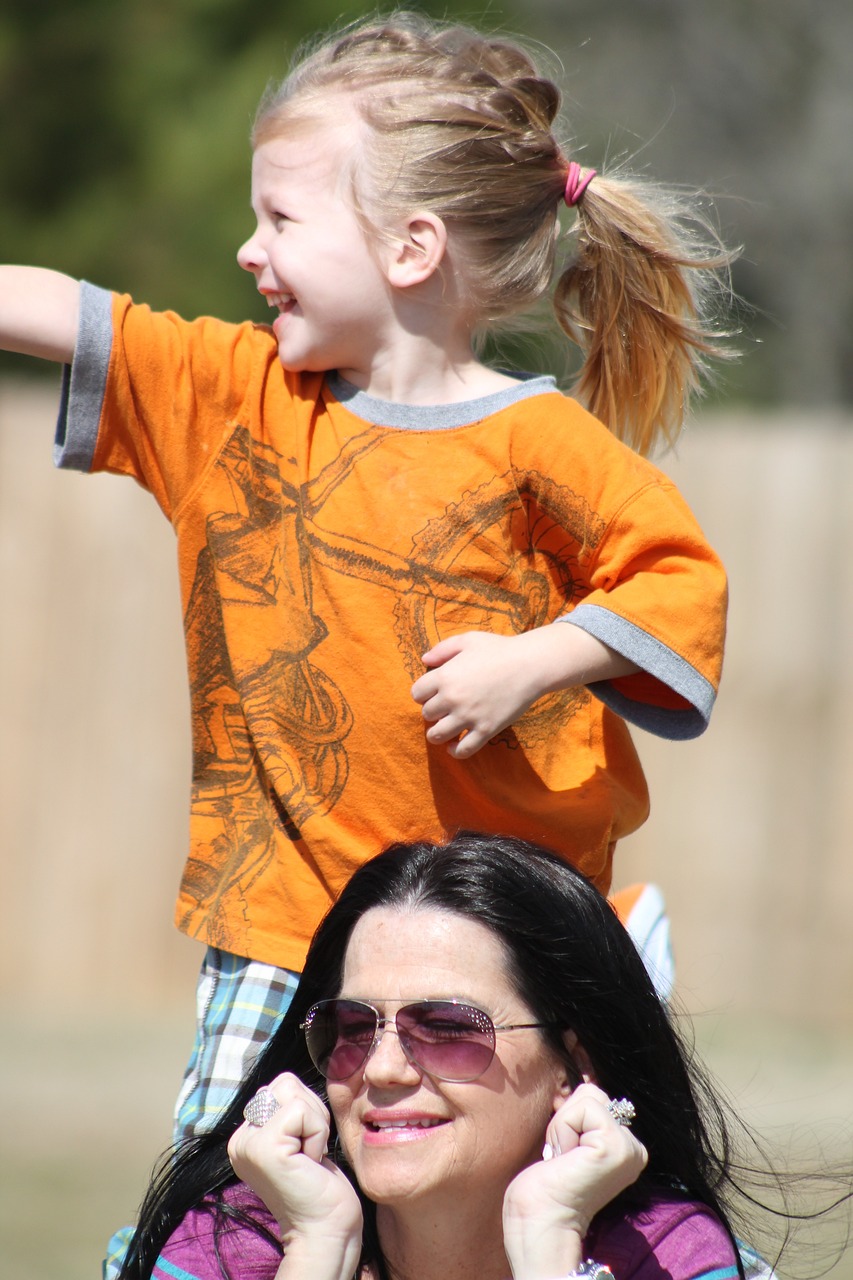
Her aunt visits every weekend.Her aunt visits every weekend. |

UncleUncle |
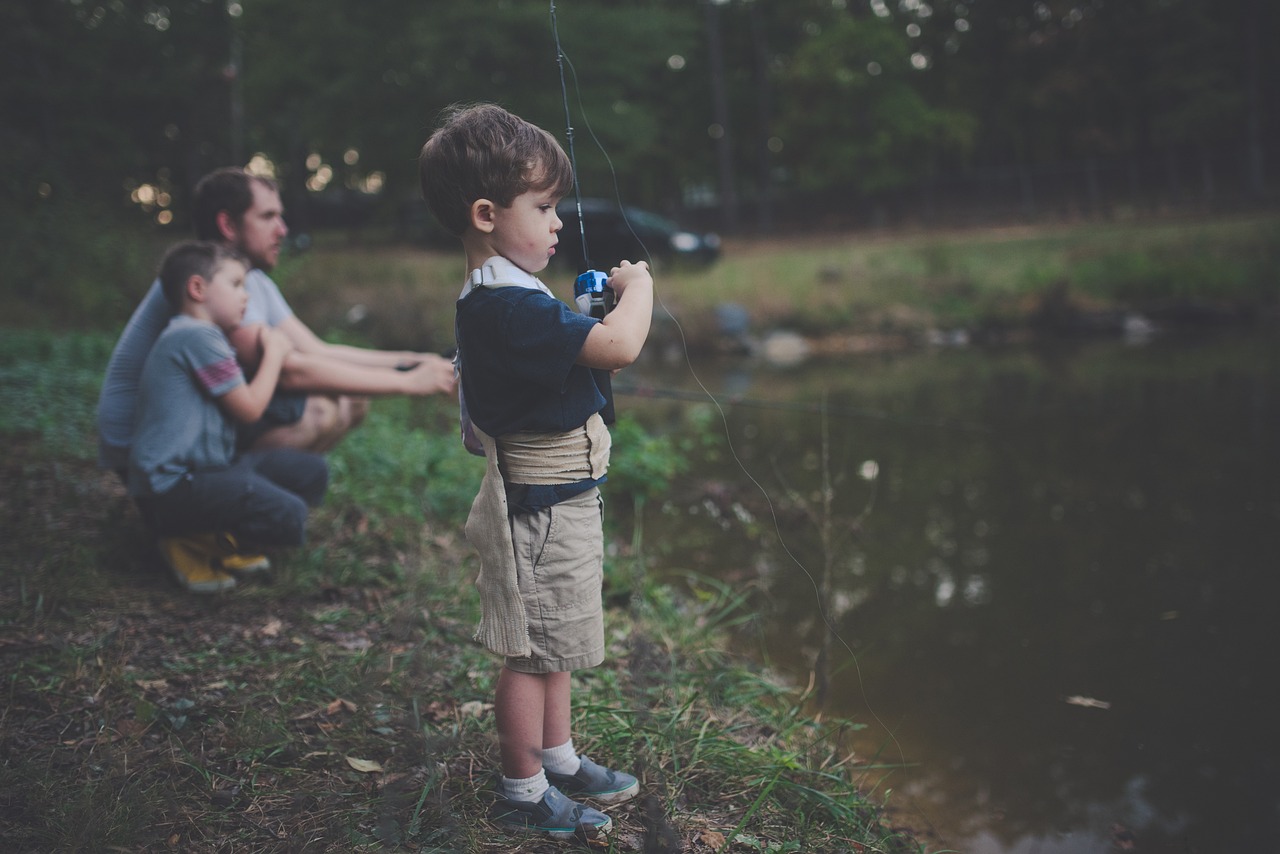
His uncle teaches him how to fish.His uncle teaches him how to fish. |

CousinCousin |

My cousin and I play together.My cousin and I play together. |
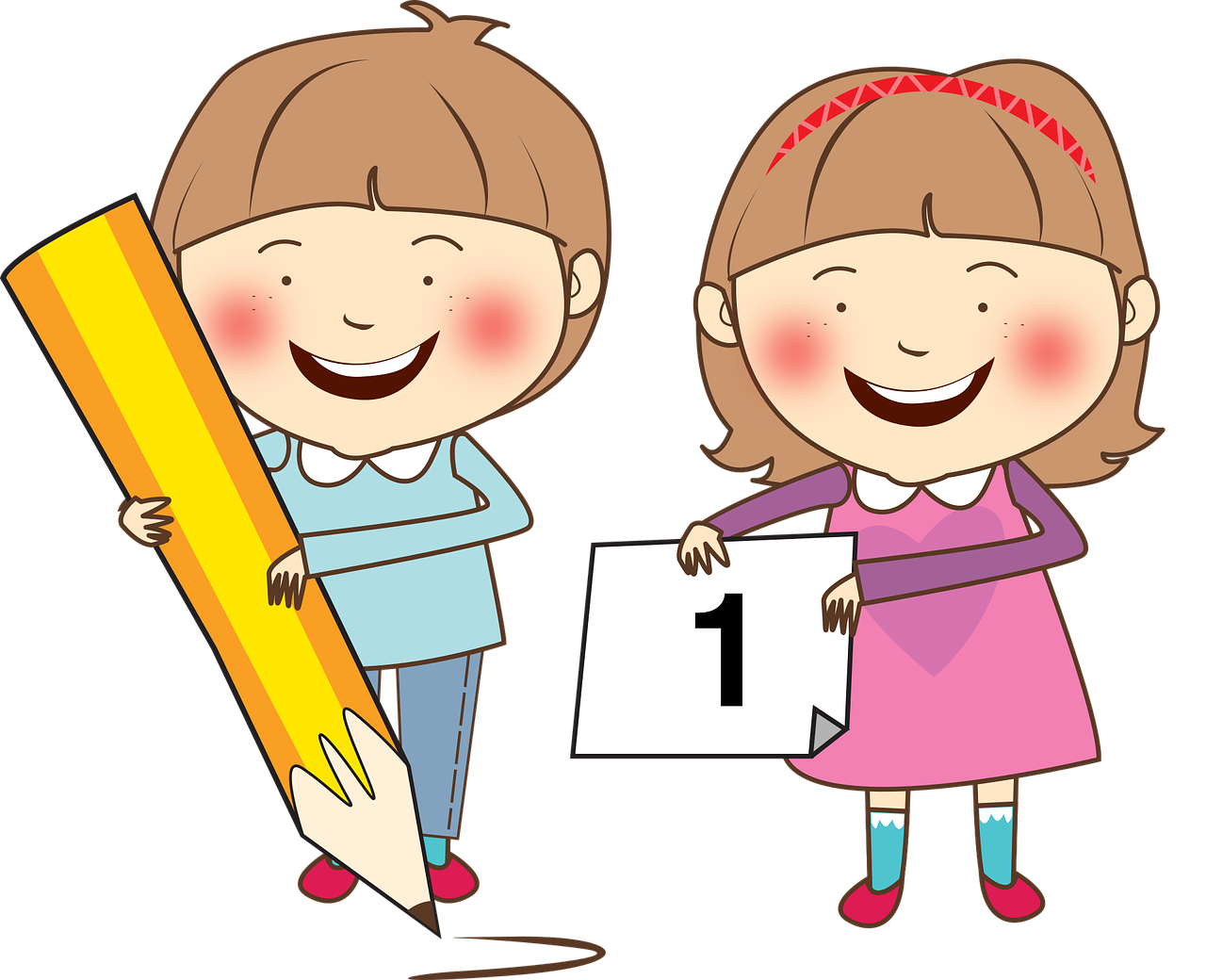
NieceNiece |
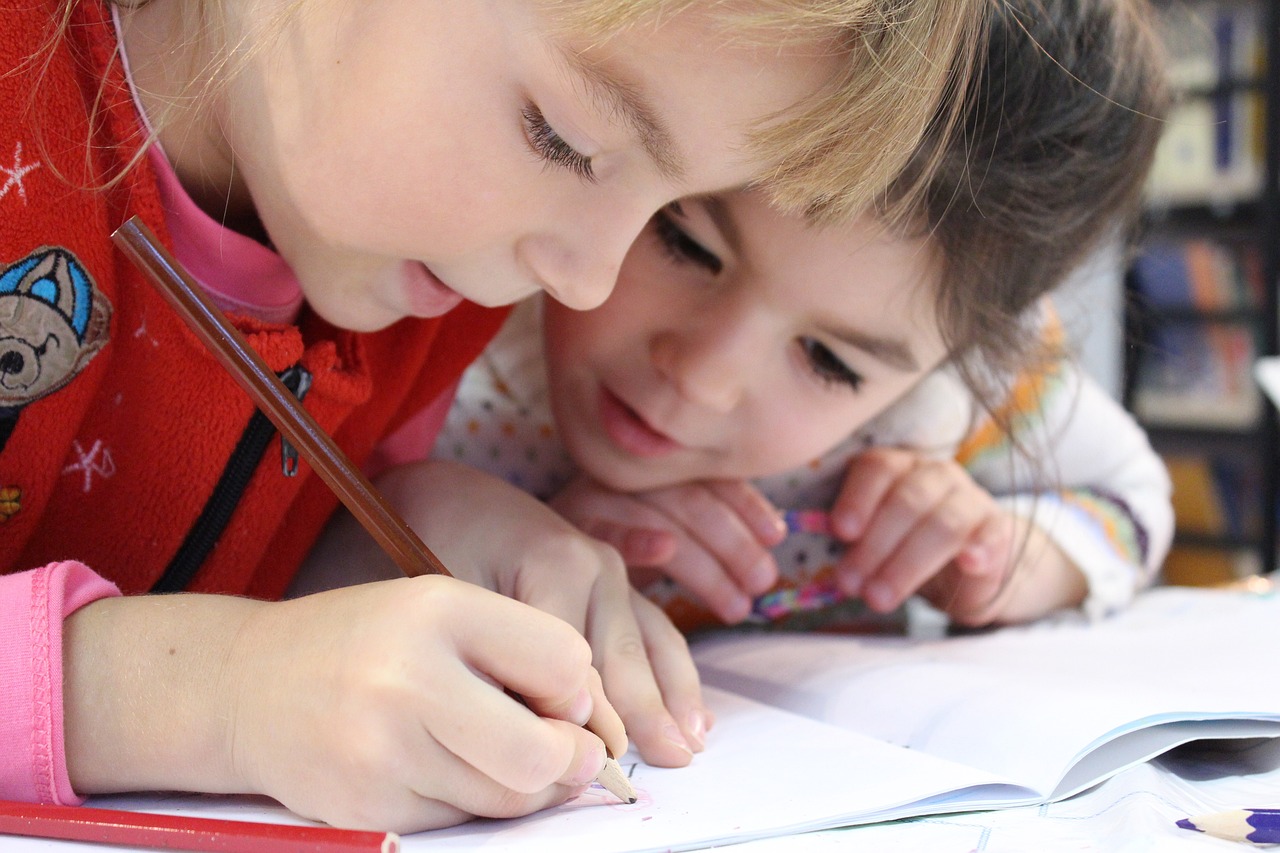
Her niece draws pictures.Her niece draws pictures. |

NephewNephew |

His nephew rides a bike.His nephew rides a bike. |

In-LawIn-Law |

My mother-in-law is kind.My mother-in-law is kind. |
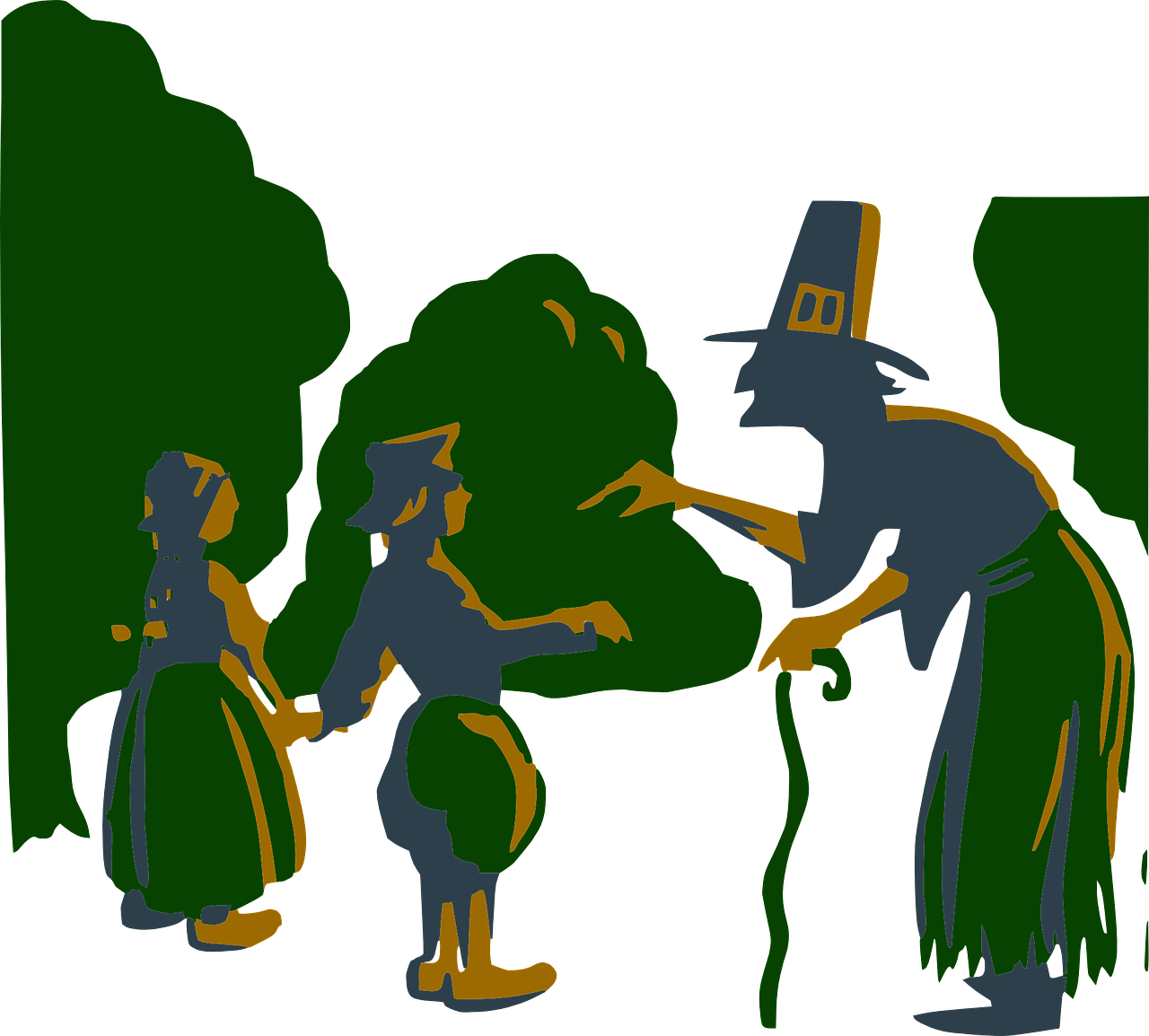
Step-parentStep-parent |

His stepmother is very caring.His stepmother is very caring. |
Q&A Section: Question: Who is the daughter of your brother?
Answer: Niece.
Question: What do you call the sister of your mother?
Answer: Aunt.
Question: Who is the child of your aunt or uncle?
Answer: Cousin.
Question: What is the son of your sibling?
Answer: Nephew.
Question: Who is the spouse of your sibling or child?
Answer: In-law.
Great job! You have now learned about various family relationships in English.
Practice using these words in your conversations to become more familiar with them.
Understanding family relationships will help you talk about your own family and understand others better.